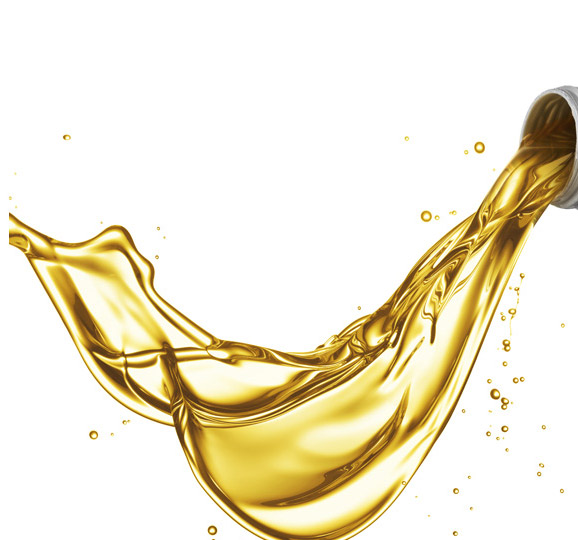Most motorcycles and dirt bikes use the same oil to lubricate the engine and clutch. The oil must exhibit the correct frictional properties or else the clutch can slip. Since passenger car/light-truck oils often contain friction modifiers to improve fuel economy, they aren’t recommended for wet-clutch applications. Instead, you need to use a JASO MA or JASO MA2 oil.
The JASO classifications can get a little confusing; let’s break it all down.
What is the JASO standard?
The Society of Automotive Engineers of Japan (JSAE) developed the JASO T 904 standard to classify oils by their ability to provide good wet-clutch lubrication and performance, helping enthusiasts select the right oil for their motorcycles and dirt bikes.
What does the JASO standard measure?
It measures a candidate oil’s frictional performance in the SAE #2 Clutch Friction Test. Specifically, the oil is tested in three areas:
- Dynamic friction: Best thought of as clutch feel as you let out the clutch lever and transfer power from the engine to the transmission. This is especially important for competitive dirt bike riders during a gate-drop start. If the clutch slips too much, the bike loses momentum and the rider falls to the back of the pack. But, if the clutch grabs too much, the bike can stall.
- Static friction: Think of this as the clutch’s holding power once the clutch lever if fully released and engine power is flowing through the transmission. Oil’s with poor frictional properties can allow the clutch to slip under high-torque conditions, like a powerful Harley riding up a steady incline or a dirt bike going across a whoops section.
- Stop time: A measurement of how quickly the clutch engages.
JASO MA: How are results reported?
Here’s where things get a little confusing.
In the late ’90s and early 2000s, there were just two grades: JASO MA and JASO MB.
If friction-testing results in all three areas fell within the JASO MA parameters shown in the table, the oil received a JASO MA classification and you were safe to use it in your motorcycle or dirt bike. If one or more results fell within the JASO MB parameters, the oil wasn’t suitable for wet-clutch use. Easy enough.
| JASO MA Oil | JASO MB Oil | |
| Dynamic Friction Characteristic Index (DFI) | ≥1.45 and <2.5 | ≥0.5 and <1.45 |
| Static Friction Characteristic Index (SFI) | ≥1.15 and <2.5 | ≥0.5 and <1.15 |
| Stop Time Index (STI) | ≥1.55 and <2.5 | ≥0.5 and <1.55 |
Then, in 2006, JASO MA was further broken down into JASO MA1 and JASO MA2.
| JASO MA1 Oil | JASO MA2 Oil | |
| Dynamic Friction Characteristic Index (DFI) | ≥1.45 and <1.8 | ≥1.8 and <2.5 |
| Static Friction Characteristic Index (SFI) | ≥1.15 and <1.7 | ≥1.7 and <2.5 |
| Stop Time Index (STI) | ≥1.55 and <1.9 | ≥1.9 and <2.5 |
JASO MA2 oils offer increased frictional performance, allowing oil manufacturers to finetune their formulations for added performance in specific areas, depending on the application.
If all three test results fall within MA1 parameters, the oil can be classified as a JASO MA1 oil. If all three test results fall within MA2 parameters, then it can be classified as a JASO MA2 oil. If some results fall within the MA1 subcategory but others fall under MA2, the oil is simply classified as JASO MA.
Why the need for JASO MA2?
JASO MA2 oil provides increased friction performance – essentially, more grip. That means the clutch lever will feel less progressive, almost like an on/off lever, which some dirt bike riders like. For some riders, an MA2 fluid might be a little too “grabby.”
Clutch feel is a little different in a big V-twin motorcycle due to greater rotating mass, meaning an MA2 fluid can offer somewhat progressive clutch feel. Of course, the different clutch materials manufacturers use add a whole additional variable.
Should I use JASO MA Oil or JASO MA2 Oil?
There’s no right or wrong answer, and there’s no universal fit. It depends on your application, riding style and preferences. Experiment and find what works for you, then stick to it.
Our strategy is to dial in the frictional requirements according to the bike’s needs, so our dirt bike oil provides different frictional performance than our motorcycle oil.







Comments
Share: